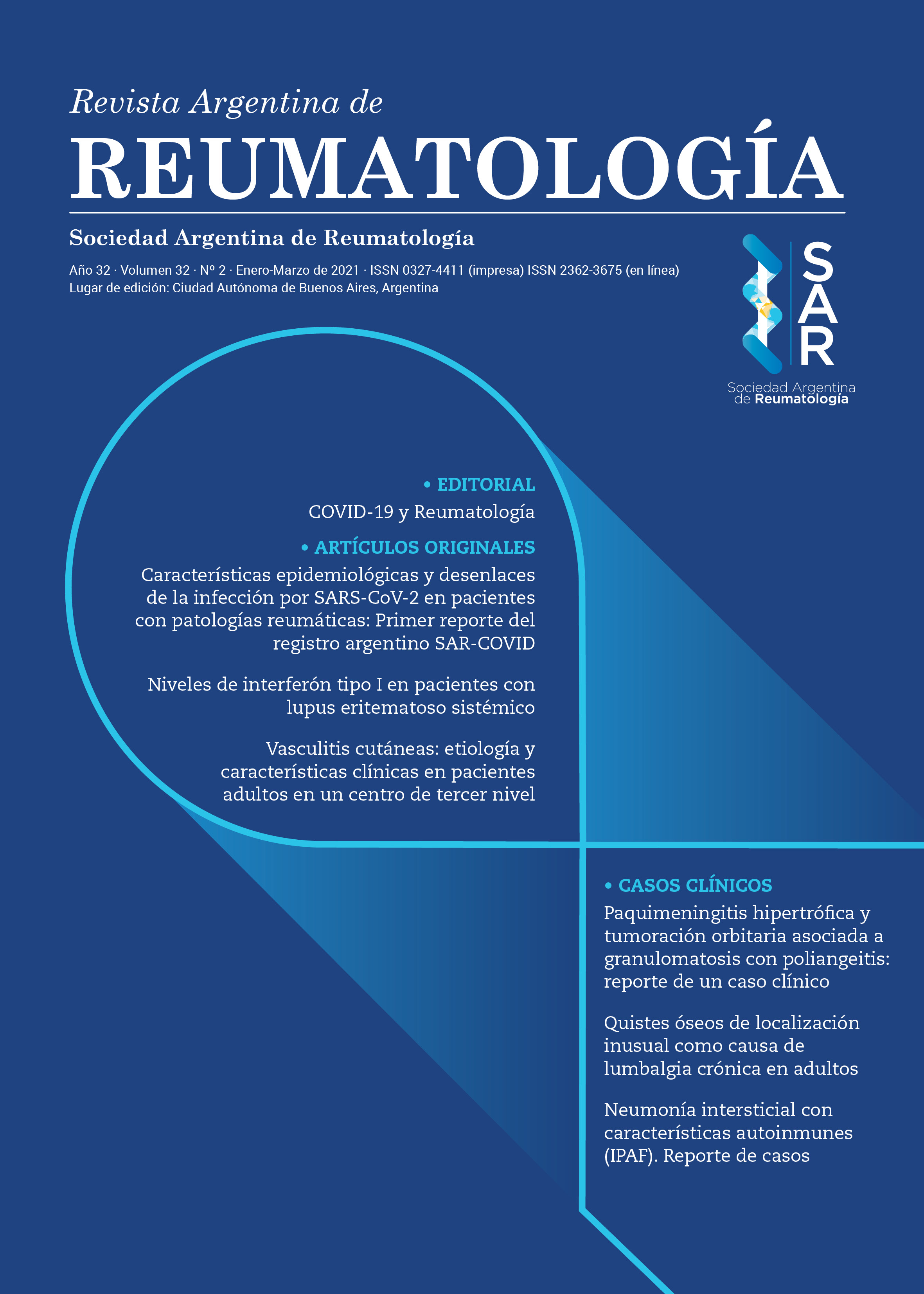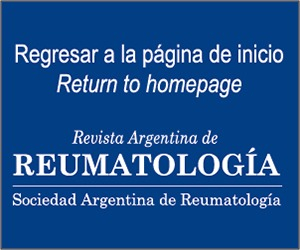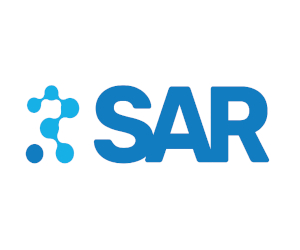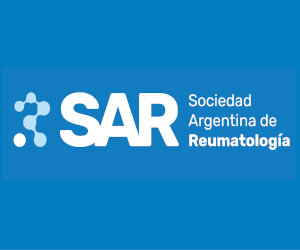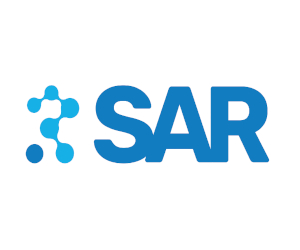About Real World Evidence in Rheumatology
Abstract
The term "real world evidence" (EMR) began to be used a few years ago by medical product developers and healthcare providers / funders, but its specific meaning is still under discussion. Generally, it refers to health care information derived from multiple sources outside of typical clinical research settings, including health records (physical or electronic), claims data, billing, product and disease records, among others. The key to understanding the usefulness of real-world evidence is an appreciation of its potential to complement knowledge gained from traditional clinical trials, the well-known limitations of which make it difficult to generalize the results to larger and more inclusive populations of patients, and in a context of health care delivery that reflect actual use in clinical practice.References
I. Galbraith K, Ward A, Heneghan C. A real-world approach to Evidence-Based Medicine in general practice: a competency framework derived from a systematic review and Delphi process. BMC Med Educ. 2017 May 3;17(1):78.
II. Food and Drug Administration. Use of real-world evidence to support regulatory decision-making for medical devices: draft guidance for industry and Food and Drug Administration staff. July 27, 2016 (http://www.fda.gov/downloads/MedicalDevices/ DeviceRegulationandGuidance/GuidanceDocuments/ UCM513027 .pdf).
III. Booth CM, Tannock IF. Randomised controlled trials and population-based observational research: partners in the evolution of medical evidence. Br J Cancer 2014; 110: 551-5.
IV. Gradman AH, Vekeman F, Eldar-Lissai A, Trahey A, Ong SH, Duh MS. Is addition of vasodilators to loop diuretics of value in the care of hospitalized acute heart failure patients? Real-world evidence from a retrospective analysis of a large United States hospital database. J Card Fail 2014; 20: 853-63.
V. Tavris DR, Dey S, Albrecht-Gallauresi B, et al. Risk of local adverse events following cardiac catheterization by hemostasis device use — phase II. J Invasive Cardiol 2005; 17: 644-50.
VI. Meldrum M. “A calculated risk”: the Salk polio vaccine field trials of 1954. BMJ 1998; 317: 1233-6.
VII. National Patient-Centered Clinical Research Network. ADAPTABLE, the aspirin study — a patient-centered trial (http://www.pcornet.org/aspirin/).
Copyright (c) 2018 Argentine Journal of Rheumatology

This work is licensed under a Creative Commons Attribution-NonCommercial-NoDerivatives 4.0 International License.

